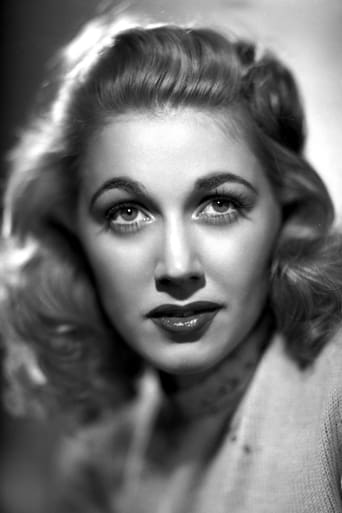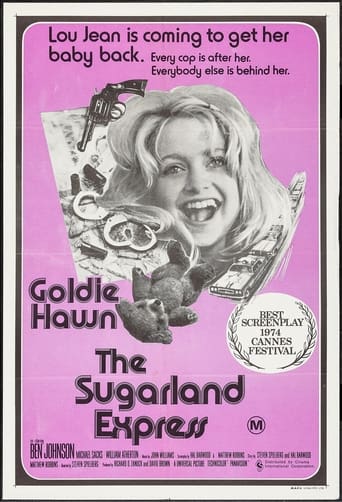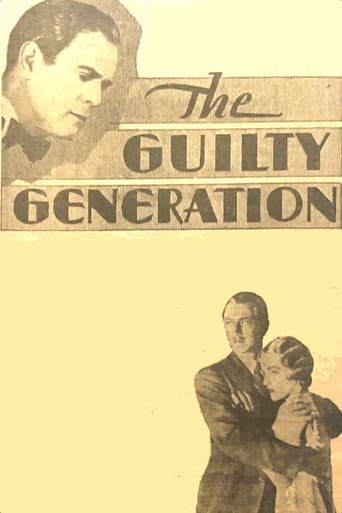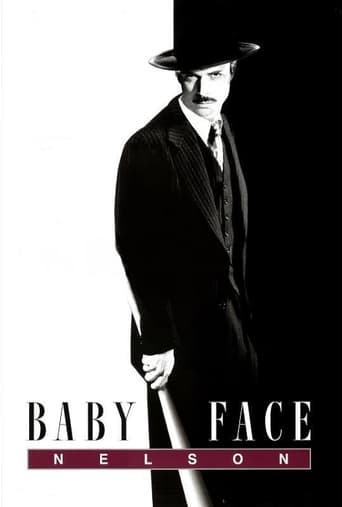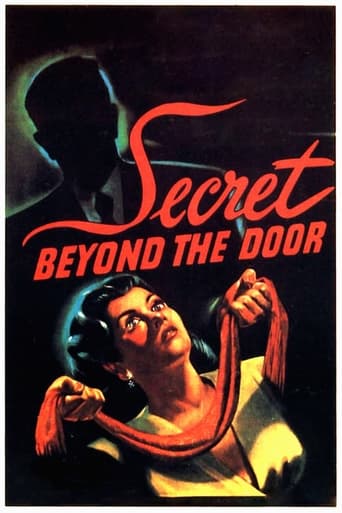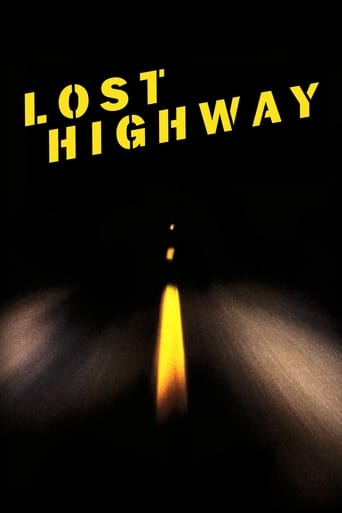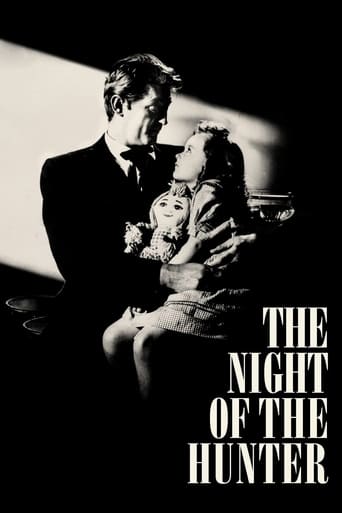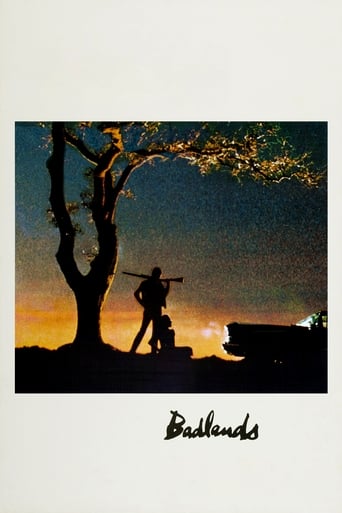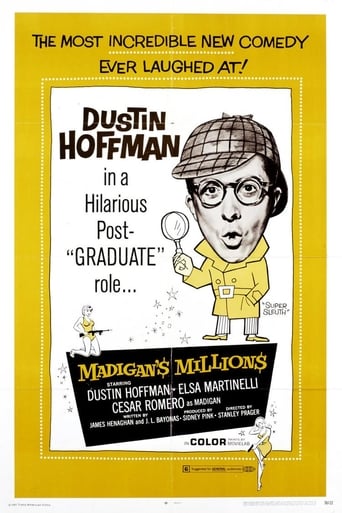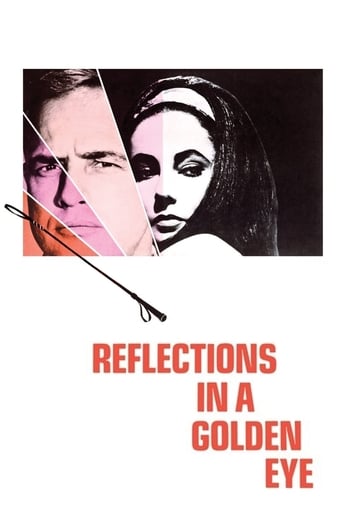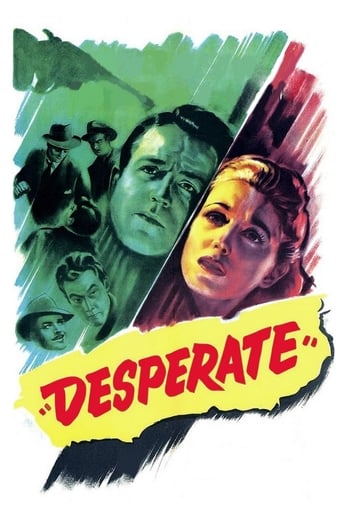
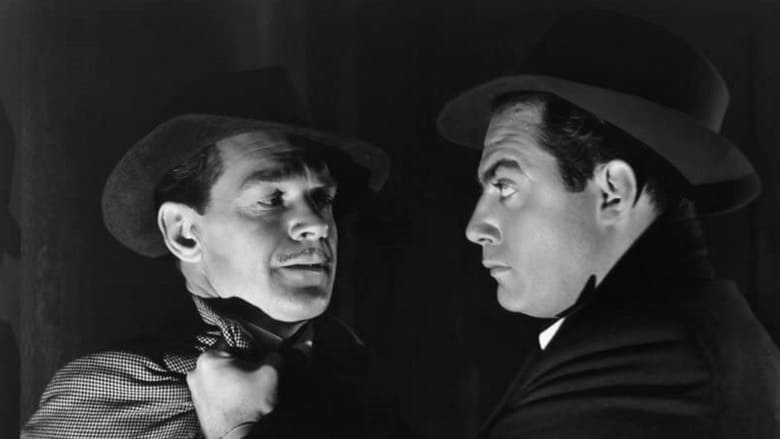
Desperate (1947)
An innocent trucker takes it on the lam when he's accused of robbery.
Watch Trailer
Cast
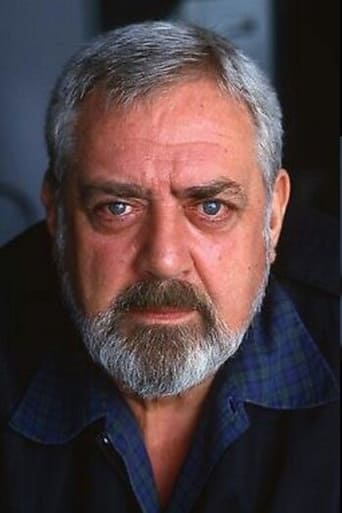
Similar titles

Reviews
Good concept, poorly executed.
Very good movie overall, highly recommended. Most of the negative reviews don't have any merit and are all pollitically based. Give this movie a chance at least, and it might give you a different perspective.
This movie tries so hard to be funny, yet it falls flat every time. Just another example of recycled ideas repackaged with women in an attempt to appeal to a certain audience.
This is one of the best movies I’ve seen in a very long time. You have to go and see this on the big screen.
The trucker Steve Randall (Steve Brodie) is an ex-GI that has fought in the war and has been married with Anne Randall (Audrey Long) for four months. Steve has a trunking business, but he arrives home with the intention of celebrating his wedding anniversary with Anne. He receives a phone call from a client that offers a small fortune to him to transport some goods that night and he does not have how to refuse.When he arrives at the spot, he finds that he was lured by the mobster Walt Radak (Raymond Burr) that wants to use Steve's truck to transport stolen furs. Steve does not accept the deal but is forced by Walt's gangsters to drive his truck. When he sees a police officer on the street, he blinks the headlights to call his attention. There is a shooting and the police officer is murdered and Walt's young brother Al is left behind and arrested by the police. Walt tries to force Steve to assume the murder to save his brother but Steve flees from the gangsters and travels with Anne, who is pregnant, to the countryside, pursued by Walt and his gangsters and by the police. When Steve finds a safe place for Anne in the farm of her Aunt Klara (Ilka Gruning) and Uncle Jan (Paul E. Burns), he goes to the police department and tells his story to Det. Lt. Louie Ferrari (Jason Robards) that does not believe in his words but let him go. Steve returns to the farm without knowing that Ferrari released him to be a bait to catch Walt and his men."Desperate" is a film-noir by Anthony Mann with a good story of pursue and death wish, with sordid characters, like for example the mobster, the car dealer, the detective lieutenant among others and good duel between Steve Brodie and Raymond Burr. My vote is seven.Title (Brazil): "Desesperado" ("Desperate")
This is a good movie. Steve Brodie, Audrey Long and the rest of the cast are excellent in this crime drama. The film-noir style sets the mood - one of tension and foreboding. Raymond Burr is surprisingly cast as a merciless gangster; he performs his part well. The story moves at a brisk pace which builds up the tension. The question is how things will work out remains undecided until the final scene. This movie is an example of the kind of well-crafted product that Hollywood use to produce by the hundreds, before television came along. Then it was possible for a movie company to produce a credible product at a modest price. But it is was a different time, which includes the economics. But one thing that has not changed has been the public's desire for quality movies. That is the same now as it then. It is true that tastes do change, yet a good story that is well acted is as welcome today as it was decades ago, and such a welcome applies to this movie too.
Noir is a fascinating journey, especially if you follow patterns in the narrative.In the early stages before noir proper, the detective was everything, in the sense that he was responsible for the story coming together, everyone else including the viewer merely along for the ride. The logic of the exchange between viewers and a master storyteller allayed fears of a universe without order, the gap could be bridged, made sense of; the person existed who could restore missing parts of the narrative for us. A key thread is following this mode of detective fiction into the 40's, starting with Bogie's Falcon.A world war had shattered logic and all the other boring social insights. The world was no longer made of hard matter, it was fluid self, dreams, desire. It was surreptitious sex that could kill you. Writers-investigators could no longer be trusted, as evidenced in Laura, Indemnity, The Big Sleep. The thing had acquired life of its own spun from neon night.So it's a big transition when we arrive at something like this. The detective is only a footnote reporting back with trivial info and to collect expenses. He won't even make the arrest. The game is entirely left between ordinary desperate beings and capricious reality. The plot is that an ex-GI desired quick trucking money to pay for a baby in the pipeline and new home with his darling, a meagre $50, but his sense of what's right rebels late in the night and crooks will be looking across the country for the two of them.Again the woman is pure. There is a wedding scene back in Minnesota among immigrant family that reflects everything that is stable and good in her blood.Our loss is that Mann was always about what's real and pains, together with some handy psychologic workaround. So we get a simple thriller that benefits from a semi-conscious understanding of noir.A deeper way to deliver the story would be center the main anchor on self and let the noir flow be all about guilt that he feels for leaving his girl alone at nights. The anchor is that someone is scheduled to die at midnight.
There are three stand-out sequences in Desperate, an otherwise standard noir effort from Anthony Mann, whose subsequent work earns him a spot among the greatest film-makers in cinema history. The first of these takes place early in the film as a character is being interrogated in a dark room with a single light source, an overhead lamp attached to the ceiling by a flexible cable. During the scuffle, one of the characters is knocked into the lamp and it swings wildly around, by turns illuminating the characters' faces and throwing them into darkness. Visually, this is the kind of moment that film noir is known for as this excellent use of shadow presents a image that perfectly conveys the tension in the scene. The second stand-out scene occurs during another intense stand off, this time when two men are holding a third man prisoner until midnight, at which time they plan to execute him. Here, the face of each of the three men is shown briefly in turn in a cycle. As this cycle repeats over and over again, a ticking clock becomes louder and louder. At the same time, the camera moves closer and closer until only the nearly indistinguishable desperate eyes of the men are visible. It's a surprisingly intense sequence that works nearly as well as the similar but more famous scene in The Good, the Bad, and the Ugly. The third sequence will be of most interest to fans of the great westerns Mann made in the 1950s. Nearly every one of Mann's westerns ends with someone taking to higher ground, usually on a mountain of some sort. This film offers the urban version of this as one character retreats up a seemingly endless staircase as the other doggedly pursues him. Here again, the shadow is almost palpable and this technique proves to be as effective in film noir as in the western. Although it is not as accomplished as most of the Mann films I've seen, Desperate is still an excellent example of the noir genre that ought to be more widely seen.

